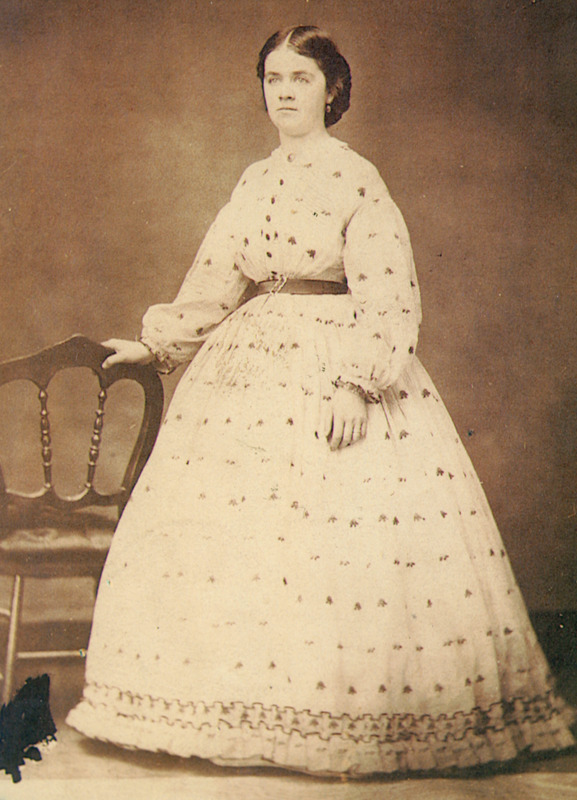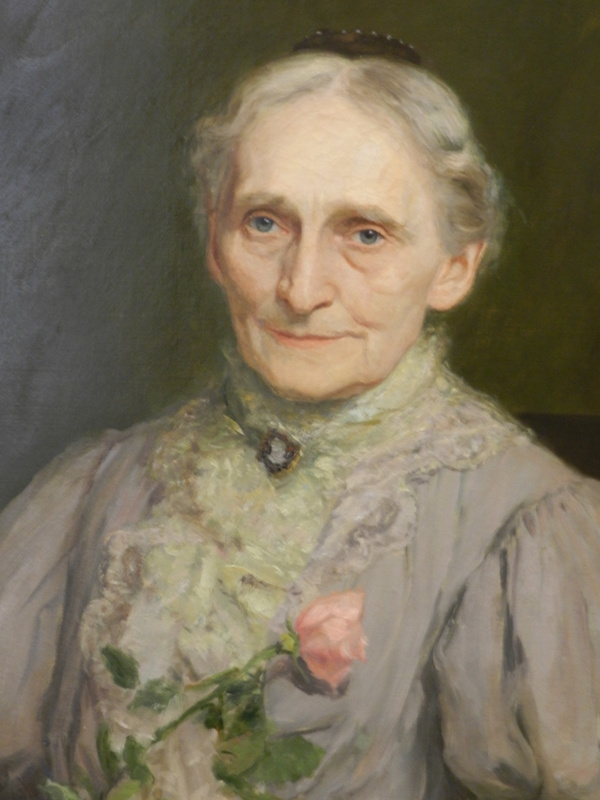The First Campus and Women's Education
The first day of classes for North Western Christian University was on November 1, 1855. In the previous spring, the preparatory school had begun classes in the recently completed University Building, the first and only building built on the College Avenue campus near present-day 13th Street and College Avenue.
From its inception, the University made no restrictions on admittance based upon gender, race, or religion. It was one of the first institutions in Indiana to do so. While women’s only private and religious colleges existed in the early 1800s, coeducational institutions began to appear in the 1830s. In Indiana, Franklin College (formerly the Indiana Baptist Manual-Labor Institute) began accepting women eight years after its founding in 1842. Other Indiana colleges and educational academies also accepted both women and people of color upon their inception, such as the anti-slavery Baptist institution Eleutherian College that operated from 1848 to 1874. By the end of the 19th century 70 percent of American colleges were coeducational.
“The university opened its doors in 1855 to all students of whatever race, sex, locality, desirous of a college education—a broad conception based upon the lines of freedom and justice.”
Katharine Merrill Graydon in Butler College in the World War (1922)
While Butler welcomed women students from its founding, it offered a three-year “Female College Course” as an alternative to the four-year course taken by male students. In comparison Eureka College in Illinois—another Midwestern Disciples of Christ institution founded by abolitionists— admitted women on an equal basis with men in its 1855 charter. In 1868 the University abolished the separate course. It invited women “to pursue those branches [of study] upon an ‘equal’ footing, and side by side make proof of the ‘rights’ to the highest Academic honors.” Ovid Butler’s daughter Demia Butler— while technically not the first female graduate of the University—was the first woman to graduate from the University under the full four-year program.
The first woman to graduate from the University under the full four-year program was Demia Butler, the daughter of Ovid Butler. She graduated with the full four-year classical studies program, the first woman to do so; prior to her graduation in 1862 women who matriculated through the University took a three-year woman’s program, and the University had not allowed women to pursue the full curriculum. After Demia’s graduation, the woman’s program was abolished. Demia married in 1866 and died in 1867.
Ovid Butler donated funds to establish the Demia Butler Chair of English Literature in 1869 in honor of his daughter’s passing. The endowed chair was unique in that it was specifically created for a woman, one of the first University chairs for women in the United States. Ovid wrote that the Demia Butler Chair was to be “a collegiate chair and professorship ... to be filled always and only by a good and competent female professor.” Over the years, the position has primarily been held by women and—against Butler University Biographical Research Files, Ovid Butler’s wishes—a few men.
Catharine Merrill (1824-1900) was a writer, educator, and the first holder of the Demia Butler Chair of English Literature. Merrill came from a prominent Indiana family, served as a volunteer nurse during the Civil War, and was friends with conservationist John Muir. Upon accepting the invitation to the Demia Butler Chair, she was the first woman professor at the University and one of the first in the United States. She innovated in the classroom, using the lecture method for courses other than science, and is remembered for being a model in scholarship and character. She retired from the University in 1883 but continued teaching privately in her home until shortly before her death.

